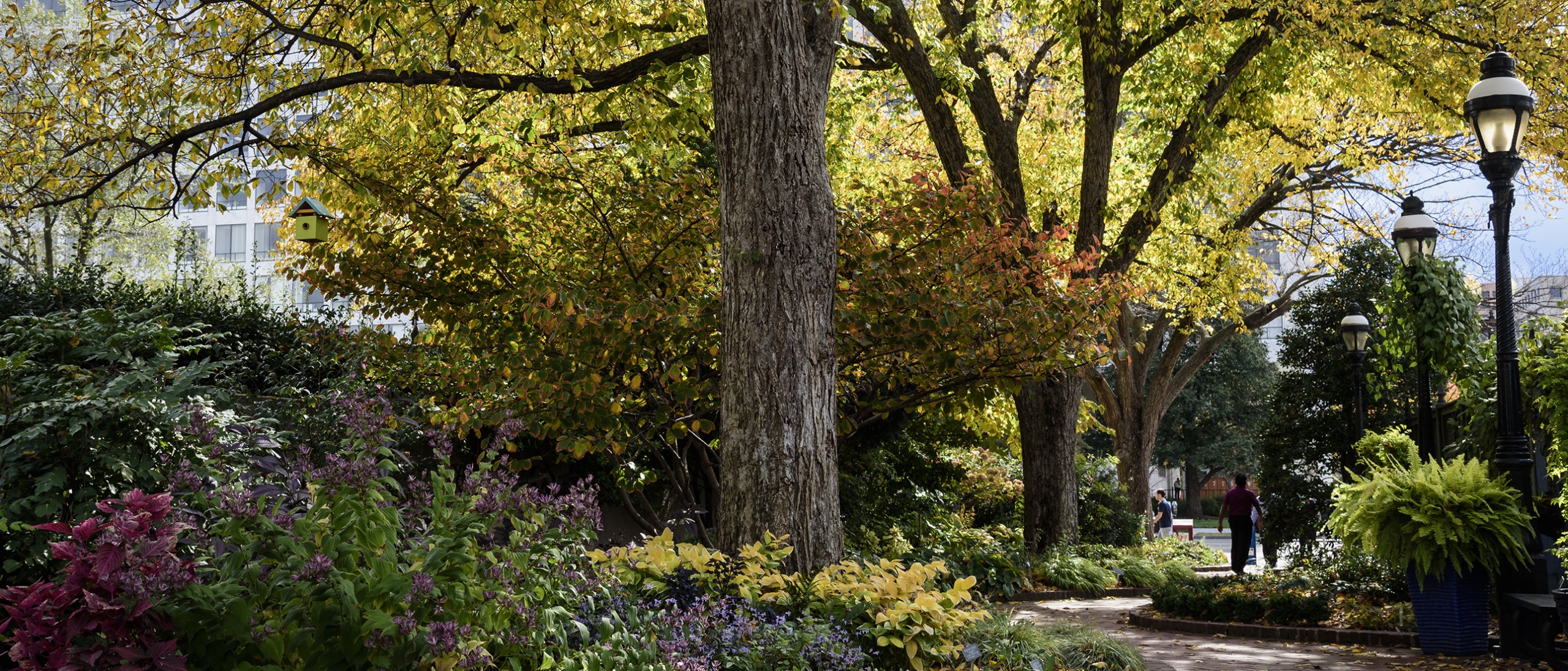
Creating Hypnotizing Horticultural Displays
Speakers: Scott Scarfone and Janet Draper
Reducing the elements of planting design to the simplest and most basic of design principles can be a powerful approach to creating bold and powerful planting compositions. Powerful plantings respond to our emotions because of their striking application of color, form, texture or placement. Successful compositions are complex in their simplicity and unusual in their context – which presents as exotic or visually arresting. Learning how to recognize and boil down elements of design to its essence is key to success. Power plantings are, thus, those plants that when plants are placed either individually or in grouped combinations stand out from the surrounding landscape. It is their distinctive and prominent characteristics, differing from feel of the surrounding landscape, that capture people’s attention. Under the tenants of the most basic of design principles and philosophies, careful plant selection and strategically placed plants with contrasting combinations can create stunning visual displays. This presentation will explore principles and approaches for creating hypnotic plantings through review of well-designed examples. Imagery will be categorized and form the basis of discussions on various techniques that may use employed to create power plantings. Examples of hypnotic powerful plantings from around the globe will be used to illustrate key techniques.

Scott Scarfone is a landscape architect and horticulturist with 30+ years of experience having practiced on a broad range of project types – most notably having designed projects for 21 public gardens across the US and Canada.

Janet Draper is the lead Horticulturist at Smithsonian Gardens’ Mary Livingston Ripley Garden in Washington DC.
